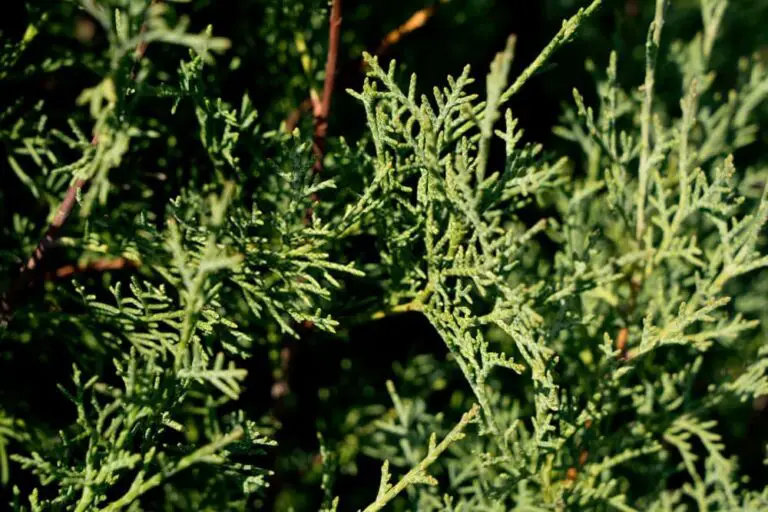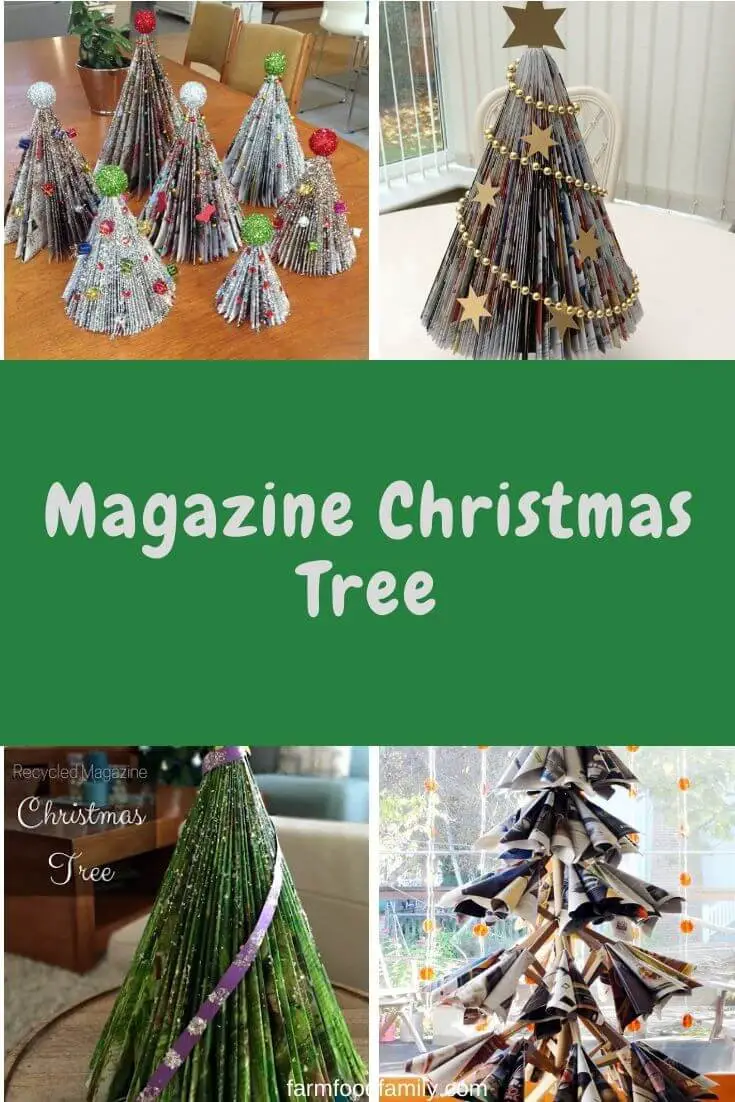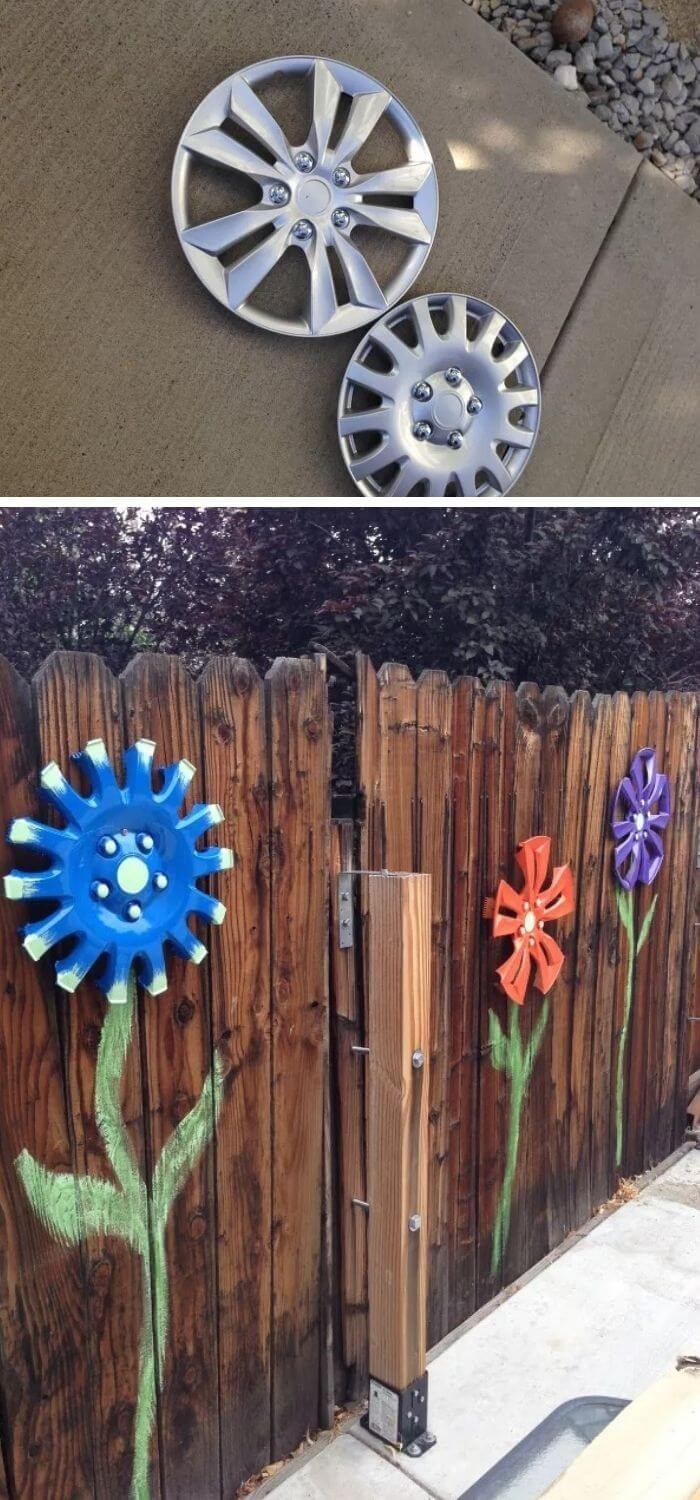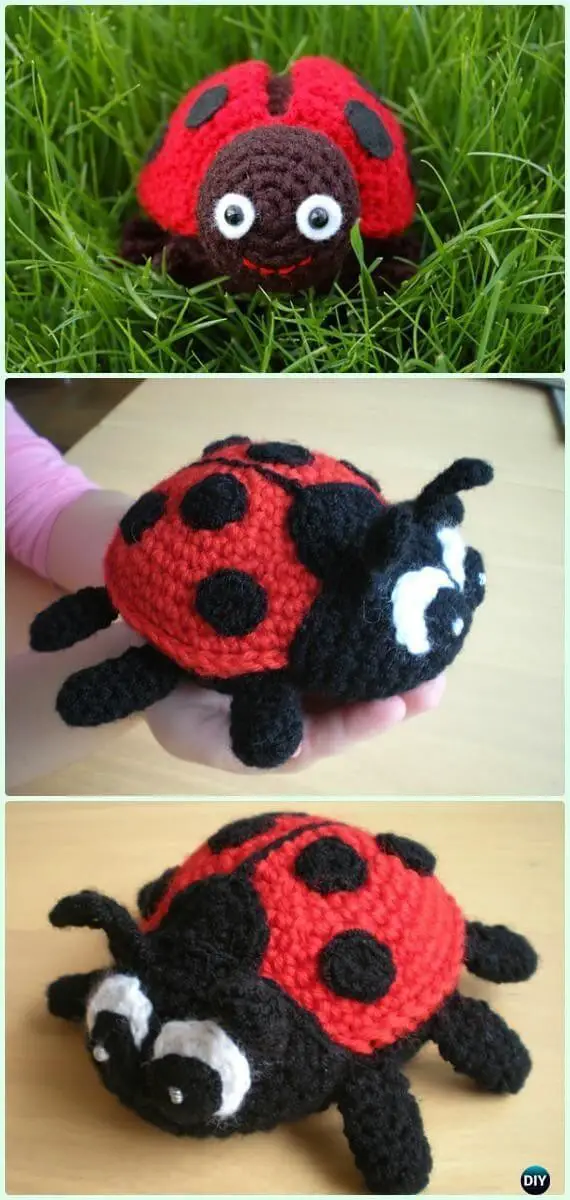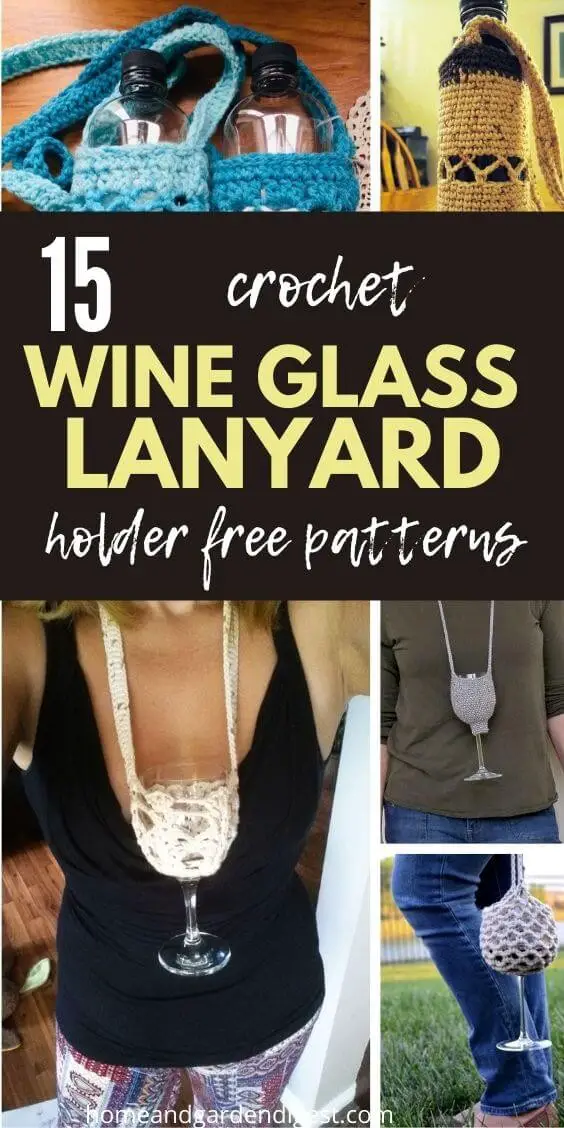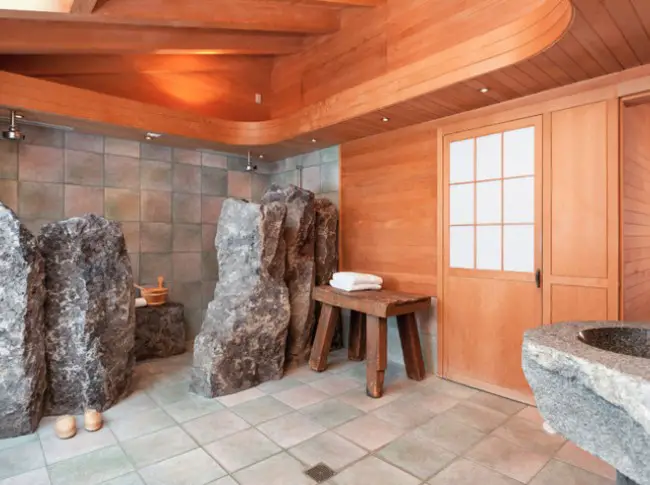Spooky Halloween Decorations For The Classroom
This Halloween season, transform your math, science, and language arts classes into a spooky celebration by inviting students to draw human body skeletons. As a symbol of the holiday, skeletons offer a unique opportunity to teach students about the skeletal system in a fun and engaging way. Instead of traditional cut-and-paste skeletons on black paper, challenge students to create their own drawings for math, science, or language arts class.
By doing so, you’ll not only be decorating your classroom but also teaching valuable lessons about anatomy and creativity.
Skeleton Drawing Directions for Math Class
Students embark on an interactive journey by crafting a skeletal system using basic shapes. As they draw each part of the skeleton, they’ll use brass fasteners or glue to assemble the framework, allowing for flexibility in terms of display and movement. This hands-on approach enables students to explore mathematical concepts such as area and perimeter calculations, while also developing their spatial reasoning skills through shape manipulation and reproduction.
By focusing on fundamental shapes, teachers can tailor the activity to suit younger learners by providing pre-drawn circles or offering stencils for tracing. The process encourages descriptive language and property recognition as students explain the characteristics of each shape. Under the teacher’s guidance, students draw individual shapes before assembling their skeleton, adding details such as eye sockets, nose, and mouth.
Finally, they’ll pose and secure their creation on black construction paper, fostering creativity and fine motor skills.
Skeleton Shapes
The skeletal structure of the human body can be visualized as a series of interconnected shapes. The skull is represented by a large circle, with the ribcage taking on the form of a square with lines drawn on either side to illustrate the individual ribs. The pelvis is shaped like a rectangle, while the arms are depicted as two rectangles. Similarly, the legs are also represented by two rectangles. The spine consists of 8 small squares, each representing a vertebra.
In terms of extremities, the feet can be visualized as a combination of two ovals and 5 narrow rectangles, with the hands forming two circles accompanied by 5 narrow rectangles.
Skeleton Drawing Instructions for Science Class
To delve into the intricacies of the human body’s skeletal system, students will engage in an interactive activity that combines artistry with scientific accuracy. Each child will receive a piece of chalk and black construction paper to create their own labeled skeleton. The teacher will serve as a model, starting with the skull, and guide students through the process. As they draw, students will learn the importance of using scientific names, such as ‘skull’ instead of ‘head.
‘ This hands-on approach allows children to visualize and understand the different components that make up the human skeletal system. Once complete, students will cut out their skeleton and display it for Halloween, taking pride in their creative representation of the body’s internal framework.
Skeleton Drawing Instructions for Writing
As students delve into the world of anatomy, they’re tasked with drawing one part of the human body’s skeletal system. To serve as their model, a teacher displays a skeleton in the classroom, allowing students to get up close and personal with the intricate details. Once they’ve completed their drawings, students are prompted to write a descriptive paragraph about how the bone became disconnected from the skeleton.
This creative writing exercise adds a narrative layer to the lesson, giving students an opportunity to think critically about the human body’s internal workings. The finished bones will be displayed on the classroom door, where they’ll add a touch of spooky flair and create a sense of community among classmates.
To take it to the next level, teachers can choose to display a complete skeleton, assigning different parts to individual students or creating a disarrayed arrangement that showcases the varied positions of the bones. This interdisciplinary activity seamlessly integrates art, science, math, and language arts, making it an engaging and educational experience for students.
More Halloween decoration ideas for classroom
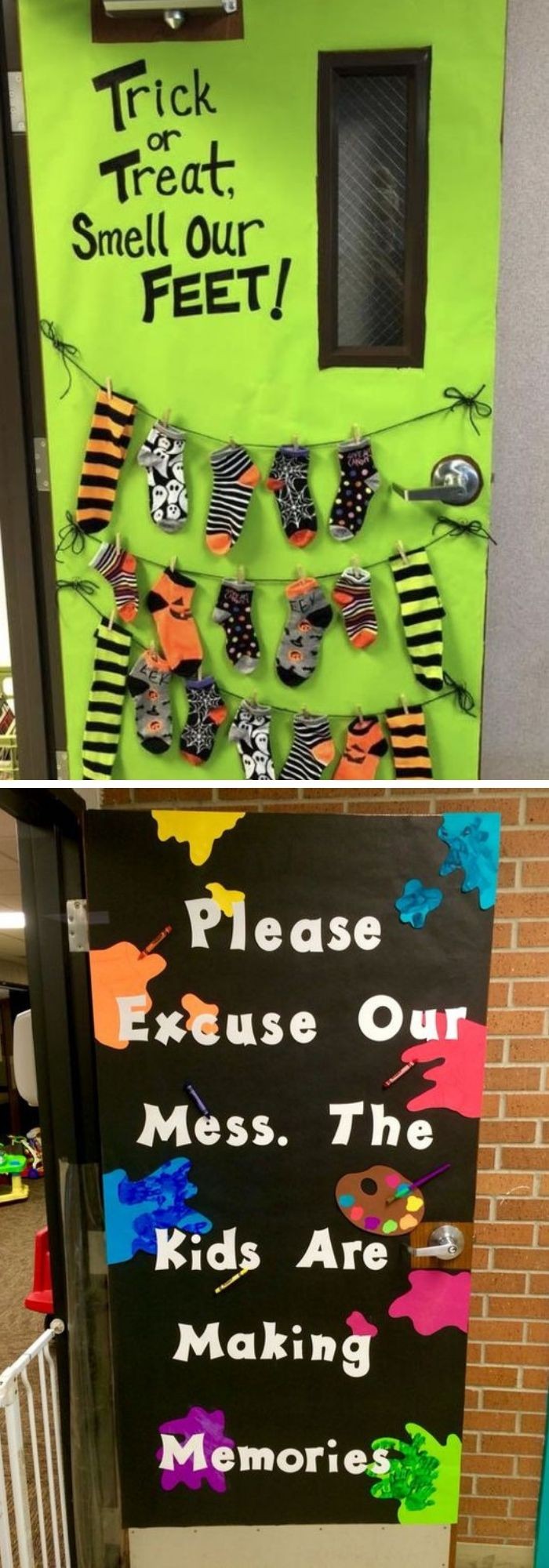


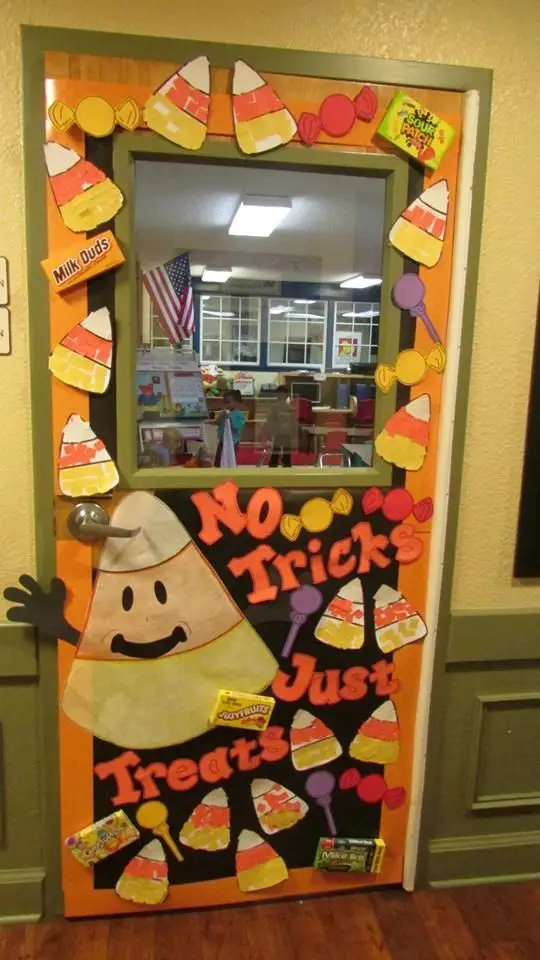







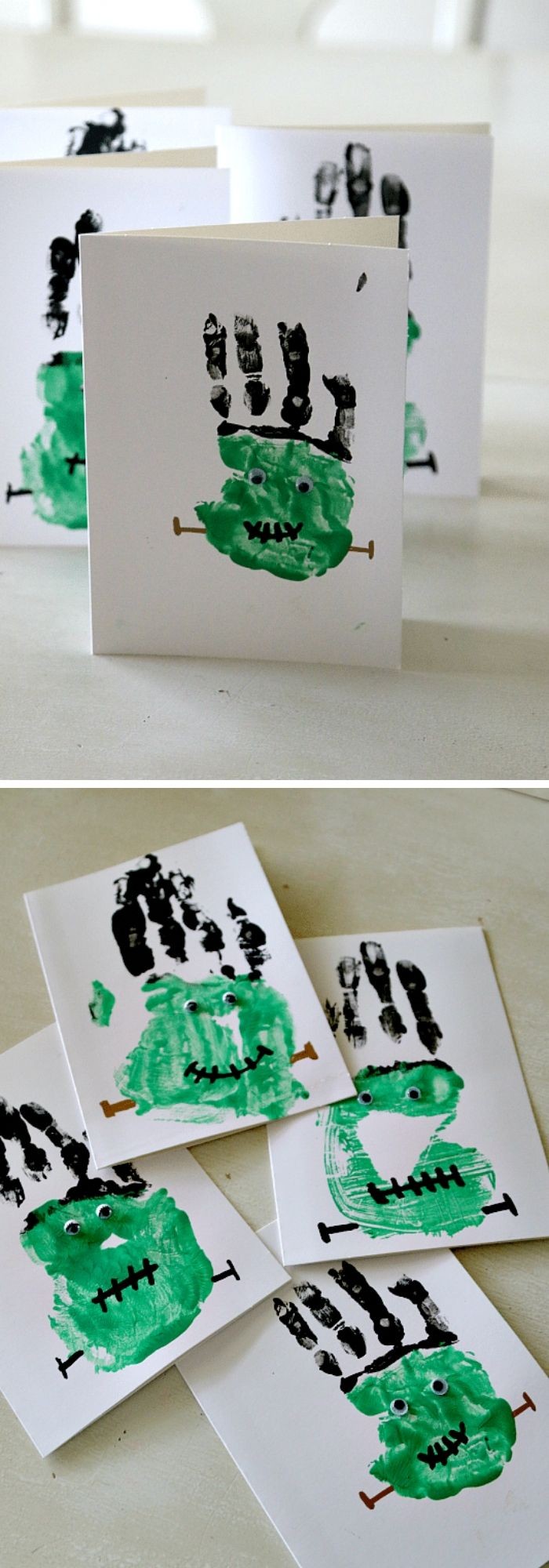






Related Posts
As the spooky season comes to a close, many of us are left with an abundance of pumpkins that have outlived their decorative purpose. Rather than simply discarding these gourds, consider repurposing them as compost for your garden. Not only will this help reduce waste and create nutrient-rich soil, but it will also provide an opportunity to give back to the earth in a meaningful way.
By incorporating pumpkin scraps into your compost pile, you’ll be providing essential carbon and nitrogen-rich materials that support healthy microbial activity. This process can also help suppress pests and diseases, ultimately leading to stronger and more resilient plant growth.
In addition to pumpkins, consider adding other Halloween-themed items like leaves, twigs, and even coffee grounds to your compost mix.
These organic materials will break down quickly, allowing you to create a nutrient-rich soil amendment that’s perfect for the new year.
So why not get creative with your pumpkin leftovers this Halloween season? Not only will you be reducing waste and creating a sustainable gardening practice, but you’ll also be fostering a sense of connection to nature and the environment.

